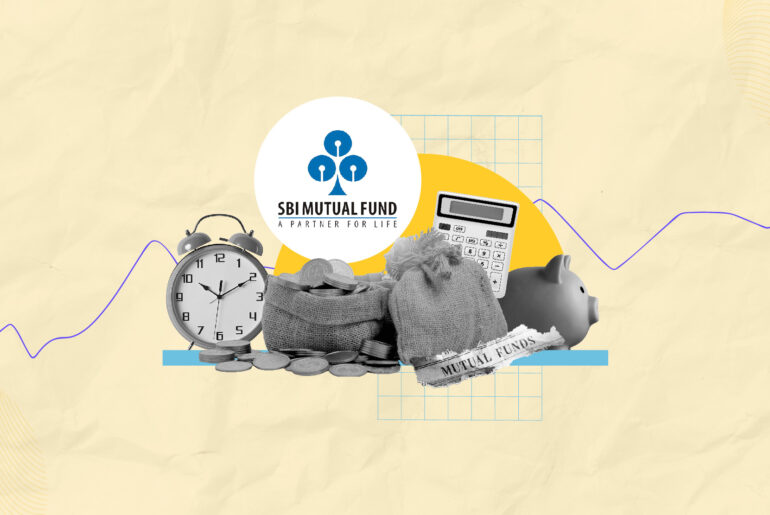Last Updated on Jun 29, 2021 by Aradhana Gotur
So, after doing your research on where to invest money and what are mutual funds, you may have also looked at how to invest in mutual funds. In the age of the internet, investing in mutual funds is a cakewalk. However, with multiple options to choose from, investing in mutual funds can sometimes get tricky. In this article, we share the steps on how to invest in mutual funds.
This article covers:
- Step 1: Determine your mutual fund investment goals
- Step 2: Decide the amount to be set aside
- Step 3: Assess your risk appetite
- Step 4: Research on different mutual funds
- Step 5: Open an account for mutual fund investment
Table of Contents
Step 1: Determine your mutual fund investment goals
Different investors have different goals in mind when they invest in mutual funds. Some want to build a secure retirement plan, and others want to secure funds for specific mid-term goals such as kids’ higher education. Some investors may be looking to save tax. In the first stage, it is essential to have clarity about why to invest in mutual funds. Your reasoning will help you decide where to invest money.
Step 2: Decide the amount to be set aside
The next step is to decide the amount to be invested in mutual funds. If you want to invest to save tax, Equity Linked Saving Schemes (ELSS) are the way to go. You can invest up to Rs 1.5 lakh every year under section 80C of the Income Tax act. If you are investing for retirement, the amount will vary by your age. If you are only a few years away from retirement, you will have to set aside a higher amount for investing in mutual funds.
Step 3: Assess your risk appetite
In mutual funds, just like all other investments, the potential for reward increases with higher risk. For example, a fund investing in medium-sized, high-potential companies has a higher growth potential than a fund investing in large, stable companies. However, the first fund is more vulnerable to risks than the second one. If you are ready to invest a large amount, you should divide it between different mutual funds. Diversification of the portfolio reduces risks.
Step 4: Research on different mutual funds
Before investing, you should spend time understanding the different mutual fund options available. For example, large-cap funds will invest only in large-cap stocks. These have the potential to provide stable returns with relatively lesser risk. Within large-cap funds, you should evaluate the various options in detail. On Tickertape, you can easily find the key metrics for various mutual funds. For example, you can check the fund’s NAV, expense ratio, and returns vs. FD rates. You can also find this information for peers, thus facilitating an easy comparison.
Step 5: Open an account for mutual fund investment
If you have not done so already, you will need to open a mutual fund account with one of the several brokerage houses. You should opt for a provider that offers the option of easy online investing and seamless tracking of performance. You should also compare the charges of different platforms and ask for the features available in each. Once your account is open, you need to transfer funds from your bank account to your mutual fund investment account. Upon the completion of funds transfer, you can quickly start investing in mutual funds.
To make the most out of mutual funds, it is prudent to take a methodical and step-wise approach to investing. Investors should find the right mutual fund based on individual risk appetite and investment goals. Also, it helps to invest in mutual funds regularly to make the most of it, both in terms of gains and experiential knowledge.




